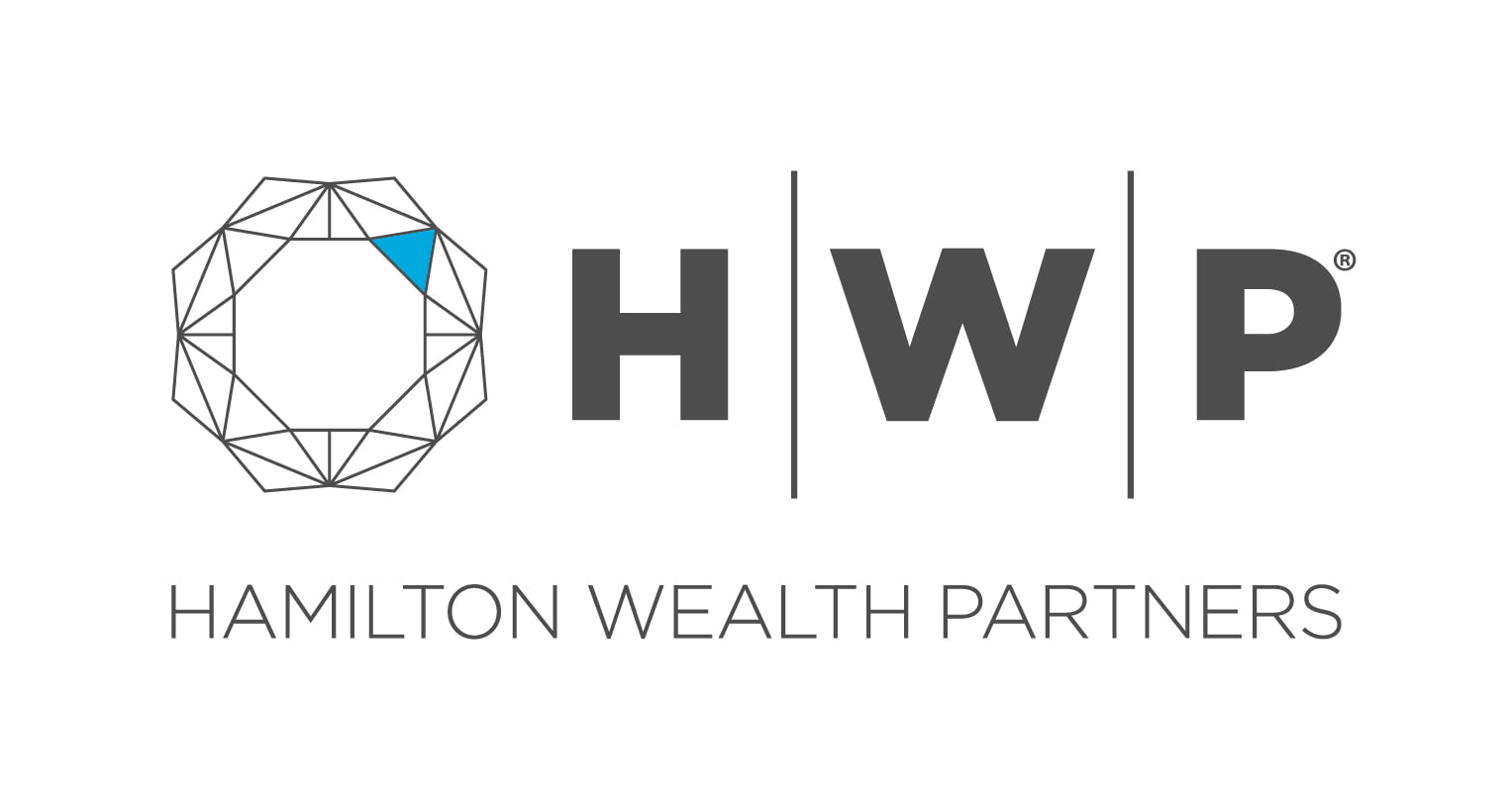As with every year it is important that we hold ourselves to account on our published views so, as we approach the end of 2021, it is time to reflect on the year that has been. (In January 2022’s Investor Insight we will again publish our views and outlook for the year ahead).
In January of this year, we published our Investor Insight 93, The Year Ahead, and we projected a theme for 2021: “the year where we see the world bounce back economically from the global pandemic.”
World growth and risk-based assets did bounce back in 2021 but what has been the surprise is the strength of the bounce back. Q3 earnings growth in the US surprised on the upside, economic GDP projections of 5.9 percent (IMF) seem to underpin global economies and 4.9 per cent projected (IMF) for 2022 also above trend.
The cloud as we near year end is uncertainty around inflation and possible further COVID lockdowns in the Northern Hemisphere. These need to be taken seriously and we will discuss them in more detail in our Investor Insight 105, The Year Ahead, along with our outlook for asset classes, next month in January 2022.
As we head into the end of 2021 our asset allocation is positioned as follows:
| Asset Class | Weight | Level |
|---|---|---|
| Australian Equities | Neutral | |
| Developed Market Equities | Overweight | Marginal |
| Emerging Market Equities | Neutral | |
| Private Equity/Growth Alts | Overweight | Marginal |
| Property | Overweight | Moderate |
| Diversified Credit | Underweight | Marginal |
| Infrastructure | Neutral | |
| Secure Debt | Underweight | Marginal |
| Cash | Underweight | Marginal |
| Defensive | Alternatives | Neutral |
We have repeatedly stated that we believe Interest Rates to be the most important determinant of asset class movements, and this has again been a major factor in 2021 with bond price movements having been very volatile at times during the calendar year.
Based on market valuations and interest rates we therefore commenced the year with a moderate Overweight to risk-based assets, however by early July we had reduced this Overweight as returns were strong and valuations started to become an issue. We end the year again slightly Overweight risk-based assets as per the above table.
FIXED INCOME.
We expected the bond yield curve to steepen, as growth continued to pick up, inflation expectations returned and Central Banks kept short term interest rates low, thus anchoring the yields of shorter dated bonds. This did indeed occur, although the move was earlier and sharper than we had expected, 10-year Treasury Bonds almost doubling in yield in late February/early March, to 1.85% in Australia and 1.75% in the US. This was the largest monthly drawdown in the bond market since 1983.
Indeed, global bond markets have remained on edge all year, with periods of calm punctuated by short bursts of extreme volatility, as markets anticipate the Central Banks’ next moves. Strong inflation data over recent months has led markets to expect an earlier and sharper move up in short term interest rates, but the major Central Banks (CBs) remain unmoved, for now. There has been some removal of liquidity from the economy via a reduction in monthly bond purchases but an early move up in official cash rates will not occur unless the Central Banks see substantial progress on their employment targets and become convinced that the recent move up in inflation is more than transitory.
October saw the second largest monthly bond market drawdown since 1983 but this time it was the shorter dated maturities which sold off most, yield curves in the US and Australia flattening. At time of writing, the bond market volatility appears set to continue as concerns about the Omicron strain of the virus emerge.
We have remained moderately Underweight fixed income all year and short duration. This has been the correct move and has shielded portfolios from the worst of the volatility in this asset class.
CURRENCY.
The AUD started the year at .7700 against the USD and we forecast it to trend higher, based on our expectation of a softer USD and firm commodity prices as the global economy continued to open.
We were correct for the first half of the year, as the AUD traded in a .7600-.8000 range, but for the second half of the year the AUD trended lower, trading in a .7200-.7600 range for the most part. This reflected a quite sharp drop in commodity prices, particularly iron ore, concerns about Chinese growth and some slightly more hawkish interest rate language from the Federal Reserve in the US.
At time of writing, the emerging concerns about Omicron have caused a “safe haven” move towards USD and a consequent weakening of the AUD towards .7100.
We were 50% hedged for international equities throughout the year, which worked well, and remain positioned that way at year end.
EQUITIES.
We anticipated earnings growth to replace P/E expansion as the main driver of returns over 2021 and this has well and truly occurred, although what we underappreciated was the level of this earnings growth, which has far exceeded even the most bullish of pundits and is expected to come in over 40% in the US for calendar year 2021.
There is still a month to run for 2021 however we can look at rolling twelve-month performance figures to the end of October. We commenced 2021 with equities asset allocation positions of.
– Domestic Australian Equities – Marginal Positive/Overweight.
– Developed Market Equities – Neutral position.
– Emerging Market Equities – Moderate Positive/Overweight.
Our overweight position in Emerging Market equities was brought back to neutral in April due to a sharp reversal in price momentum, a less accommodative policy position by China and a weaker macroeconomic backdrop. In hindsight, an underweight position to Emerging Market Equities in favour of Developed Market Equities would have been a more desirable position throughout 2021, with the MSCI Emerging Markets Index adding 9.35% and the MSCI World ex Australia Unhedged Index adding 31.36% for the 12 months to the end of October. We enter the end of calendar year 2021 with a Neutral position in Emerging Market Equities and a marginal overweight position in Developed Market Equities with this marginal overweight concentrated in those regions outside of the US.
Our domestic equities overweight position correctly captured the catch up we saw in our local market as harsher and longer lockdowns were eventually loosened (excluding the social and economic disaster that unfolded in Victoria) and as our resources heavy index benefited from soaring commodity prices. This moderate overweight was removed in September, and we currently hold a neutral position within Domestic Equities. The ASX300 index added 28.58% for the 12 months to the end of October.
We moved our Developed Market Equities positioning a few times over 2021 and commenced the year with a neutral position, then moved this to underweight from February until April before moving to a marginally overweight position in July, favouring those Developed Markets outside of the US such as Europe and Japan in the second half of 2021. A more desirable positioning within Developed Market Equities would have been to be significantly overweight Developed Markets for the entirety of 2021.
PROPERTY.
We commenced the year with an Overweight position to property. This position was initiated in mid-2020, taking advantage of attractive REIT valuations. Heading into 2021 we considered REITs to be fairly valued. We maintained our overweight position the basis that monetary policy would remain accommodative and therefore risk assets more attractive than bonds.
Throughout the year we favoured unlisted property assets in portfolios with the appropriate time horizon to capture the illiquidity premium. We implement this via high quality multi asset funds and the opportunistic purchase of single assets.
Capitalisation rates continued to tighten which made it difficult to find attractive single asset opportunities. We remained selective, participating in only a small number of transactions that we deemed to be high quality at attractive valuations.
In November 2021 we increased our Overweight position from marginal to moderate. We view negative real yields and continued reopening of economies as supportive for property assets looking forward. For the 12 months to 31 October AREITs have returned 31.86% and GREIT’s 41.11%.
ALTERNATIVE ASSETS.
Client exposure towards alternative assets is at or close to a full allocation. We believe the steps we took three years ago to allocate specific weightings to Alternative Assets sub-asset classes such as Private Equity, Diversified Credit, Direct Property, and Infrastructure has not only reduced volatility during the past three years but also enhanced returns.
Investors are looking for relative returns in an environment of lower growth and subdued return expectations for traditional asset classes. An appropriate allocation to these sectors has lowered portfolio volatility and enhanced overall risk management.
We have kept away from multi-strategy funds and “black box” strategies, continuing with our long-held view that if we cannot explain a strategy clearly and concisely to clients then they should not invest in it.
Whilst the COVID-19 “storm” provided some outstanding opportunities for our clients in these asset classes and whilst we made the most of that in 2020, we stood on the side lines with only a few exceptions in 2021, due to full allocations.
SUMMARY.
Our prediction for 2021 to be the “the year where we see the world bounce back economically from the global pandemic” has proved to be more correct than we had forecast. The continued shift towards easy money with Fiscal Policy to stimulate economies, combined with central bank activity in their bond buying programs has facilitated a perfect environment for risk-based assets.
We believe our asset allocation positioning has been appropriate for what can only be described as a perfect environment for risk-based assets. Our diversified client portfolios have continued to provide excellent risk adjusted returns, especially relative to benchmarks.
No one can predict the future but at Hamilton Wealth Partners we will continue to provide investment management advice based on a core disciplined and proven philosophy, with a strong analytical methodology behind it, followed by process.
We are particularly proud that this process has avoided any blow-ups through manager selection when volatile markets have provided significant potential downside over the years.
The consistent application of this approach throughout 2021 has enabled risk adjusted performance that we are proud of.
In 2021 we were fortunate to host three live functions however, we had to remain flexible as did our guest speakers, and our Thought Leader Webinar series returned as a feature of the lockdowns in Melbourne and Sydney. We thank you for your participation and candid feedback, which further enhanced the value of these Webinars.
Last and certainly not least, we would like to thank you all for your support throughout 2021. We wish all our readers the compliments of the season and success in your investment strategies for the year ahead.
Please feel free to forward this on to any of your friends or colleagues who you think may be interested.
If you have any queries, please do not hesitate to contact Will Hamilton, John Green, Kane Baranow or Michael Turner.


Login to …